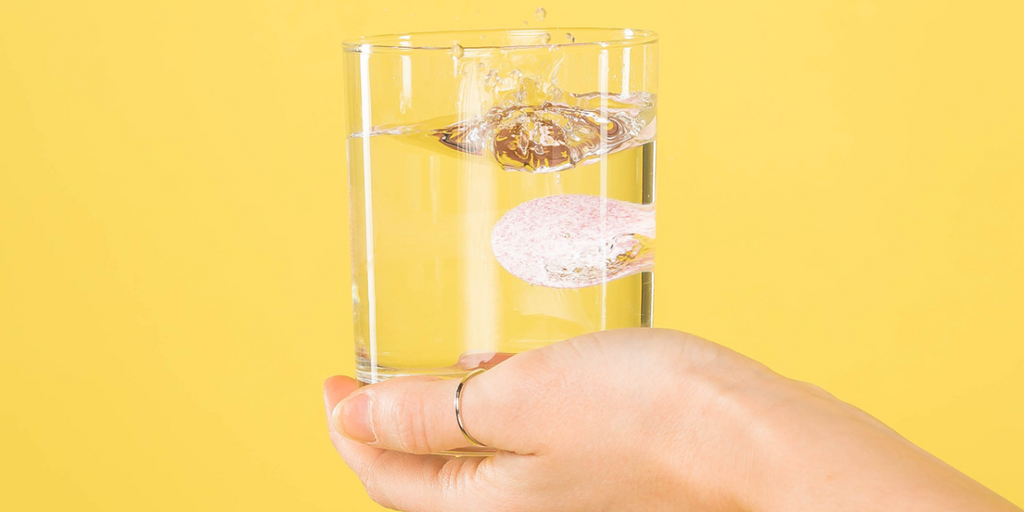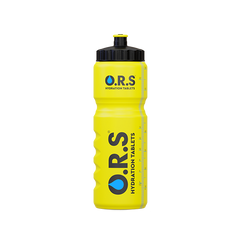How To Perform A Dehydration Test

What is dehydration?
Dehydration is the result of your body losing more fluids than it is gaining. By losing these fluids, your body experiences a drop in salt, glucose and potassium levels, which you need to stay strong, concentrated and maintain your stamina, particularly during sporting events.
Our bodies are two thirds water, and it plays a vital part to our every day lives. For starters, we need it to live. But it also aids in lubricating the body in areas like our eyes, aids digestion, keeps skin healthy and flushes out toxins and bacteria. Dehydration only prevents these useful functions from happening.
It’s important to test yourself for dehydration, but this doesn’t mean you have to go into a hospital to do so, nor does it mean you have to see a doctor to recover. The test is important because it can potentially save your life, but besides mortality, it is also important for day to day activities, like sports and exercise. You need to remain hydrated whilst exercising to remain concentrated, strong and energised.
Symptoms of dehydration:
Symptoms of low salt and electrolytes levels can point to dehydration, and it can be easy to overlook dehydration as the cause of these abnormal electrolyte and mineral levels. These can include:
• Feeling thirsty
• Bad breath
• Fatigue
• Headaches
• Lack of urine
• Lack of strength
• Lack of concentration
Causes of dehydration:
There are many causes for dehydration, and simply not drinking water isn’t the reason. A look at lifestyle, as well as personal health is a quick way to get to the bottom of the cause, and begin effective treatment.
• Sweating drains the body of minerals like salt and sugar, and electrolytes. We sweat to remain cool, so those who exercise, or are exposed to hot temperatures sweat often.
• People who are ill may find they sweat a lot more than they usually do, and may experience vomiting and diarrhoea.
• Those who find they have an inability to drink water, for example coma patients, will suffer from dehydration, as will those who have a lack to a water supply.
• Diuretics like caffeine and alcohol are very dehydrating, as they make you expel a lot of fluids into the toilet.
• Sugary foods are a big contributor to dehydration, as the body uses water to break down sugar.
Performing a dehydration test:
Dehydration testing can be easy, and done at home. Some examples include:
Examining your urine is an easy method of dehydration testing. As a rule of thumb, the lighter and clearer your urine is, like the lighter, leftmost circle in the poster below, the more hydrated you are. If your urine is a dark coloured, like the rightmost circle, with a strong odour emitting from it, it is an indication that you are dehydrated.
Performing a dehydration hand test is easy too. By pinching an area of skin, such as the back the hand, lift up the skin and then release. If the skin doesn’t return to normal, and instead remains lifted, and appears loose, it is a sign that you may be dehydrated. This is particularly common among the elderly.
Blood tests for dehydration can be performed, and will search for low potassium and sodium levels in a blood sample. This sodium and electrolyte test looks for if you have normal potassium or sodium levels, and can also examine how well the kidneys are performing. Consult your doctor for a blood test for dehydration.
How to treat dehydration
Drink water, right? Well yes, drinking water will help rehydrate the body, and its the obvious first step, but there are things you can do to help optimise your hydration, and recover as quickly as possible.
O.R.S Hydration Tablets contain salt, sugar and electrolytes, which all aid hydration. A lot of leading sports drinks offer high levels of glucose (sugar), in an attempt to revitalise the body with energy, although these high sugar levels are rarely accompanied by appropriate sodium (salt) levels. This sodium-glucose relationship is important, for they benefit from each other’s presence, and your body utilises the most of the minerals it can.
Sodium benefits from glucose, as the surface of the intestines houses a sodium-glucose cotransporter, a protein which absorbs salt much more proficiently in the presence of glucose, meanwhile, the salt aids the absorption of glucose. Without appropriate salt levels, the ‘extra’ glucose is not absorbed.
An O.R.S solution is also osmotically similar in composition to your blood, meaning when a prepared O.R.S solution enters your bloodstream, it stays there for longer.
Fruit and vegetables like watermelon, lettuce, celery and cucumber contain high water levels, and also contribute to restoring hydration levels.

